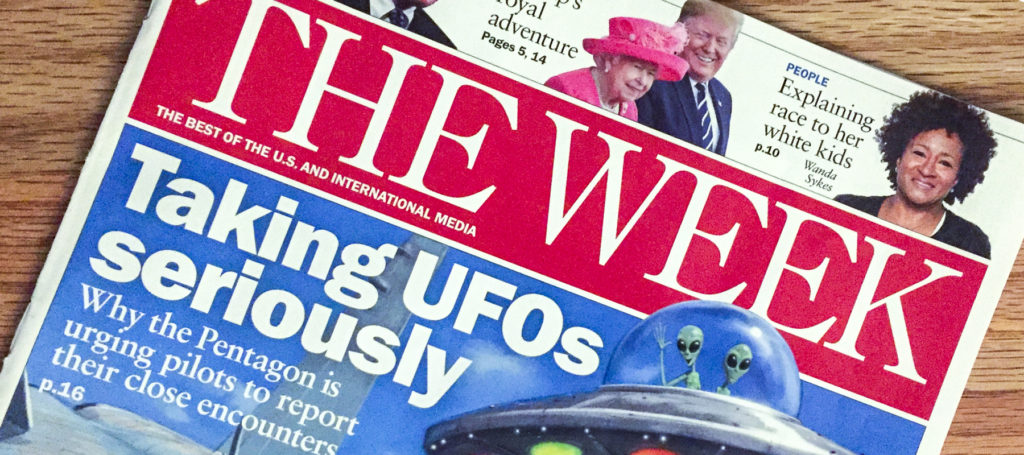Get Your Press Release Published

Every week, I read a magazine called The Week. It’s a fairly balanced summary of the week’s news. I read it in order of my favorite sections: Good Week/Bad Week, It Must Be True I Read It In the Tabloids, It Wasn’t All Bad, and of course, the summary of American and international news and politics. Usually, there’s a little section called Boring But Important, where essential but often technical or dull information is shared. Today, my column falls under this category; it’s boring but important. So many people don’t know how to write a decent press release, so they don’t get the media coverage they deserve. Learning what makes a press release newsworthy isn’t the sexiest topic, but it really is essential if you want to grab the attention of the news media. The elements that make a press release newsworthy are these:
- timeliness,
- significance,
- proximity,
- prominence, and/or
- human interest.
Timeliness
One of the first questions journalists will ask themselves when they read a press release is, “Why is this important right now?” If the answer isn’t obvious, your press release has failed the timeliness test. Connecting your news to something that’s hot or trending can increase its chance of getting published. Can your topic be tied to an upcoming event? How about to a national recognition month or commemorative anniversary?
Significance
Significance sometimes trips people up. All too often, they confuse big news inside their organization with something that should get printed in the local paper–for example, when a top executive either leaves or joins an organization. Unless that executive works for a Fortune 500 company (or one of the biggest employers in the community), their arrival or departure is not significant from a community standpoint. It’s fine to share information about executive turnover in the employee newsletter, or even with customers, vendors, and partners, on your website and in social media, but it doesn’t meet the threshold for the news media.
If you’re trying to figure out whether your news is significant, consider its impact on your audience–the people who read the newspaper. Oftentimes, if your story is odd or unusual, or includes conflict or scandal, it is more likely to run.
Proximity
Proximity, either geographic or by affiliation, can make news feel more relatable and relevant. A rash of burglaries in a small town in another state is unfortunate, but not particularly newsworthy in your town. A rash of burglaries in your neighborhood, on the other hand, would certainly grab your attention (and therefore, the attention of your local paper).
Prominence
If your story involves famous people, elected officials, or local opinion leaders, it’s more likely to pique the interest of journalists. In my town, we have a very popular sheriff. If he endorses a cause, people are far more likely to support it. So, a good way to get local press is to mention that your event or cause has the support of Sheriff Allman.
Human Interest
An appeal to emotion or to the way we are all interconnected is often a great way to get press. Of course, this is subjective. Again, be sure to write to your audience. If you are writing to the weekly pet journal and you share a harrowing story of how your puppy escaped a fenced yard and was chased by coyotes only to be saved by the local mailman, you’ll likely get published. That same story probably won’t get published in the local business journal. Remember, if you have some of the other newsworthy elements and a human interest angle, you’re more likely to get published.
If you need help with the nuts and bolts of how to write a press release, click here. If you’d rather just hire someone to write your press releases, hire a publicist!

